The atomic bombings are events that Japanese people will never forget. August 6th and August 9th, the days when bombs were dropped on Hiroshima and Nagasaki, are dates that will forever remain in the memories of the Japanese people. But do you know why Hiroshima and Nagasaki were chosen? During the final stages of World War II, when the United States was selecting cities for the atomic bombings, various cities were considered, and there were complex strategies and decisions behind why some were chosen while others were not. In fact, Kyoto and Yokohama were also candidates but were ultimately excluded. Why were Hiroshima and Nagasaki chosen, while Kyoto, Yokohama, and Niigata were removed from the list of candidates? Let’s delve into the reasons behind the selection of the cities that were bombed, events that the Japanese people can never forget.
Candidates for Atomic Bombing: Hiroshima, Kyoto, Kokura, Yokohama, Niigata
During the final stages of World War II, the United States carefully selected cities for the atomic bombings. The goal was to end the war swiftly by choosing cities where the new weapon’s destructive power could be maximized. What strategic judgments and discussions led to the selection of certain cities and the exclusion of others? By exploring this process in detail, we uncover the hidden aspects of history.
Hiroshima
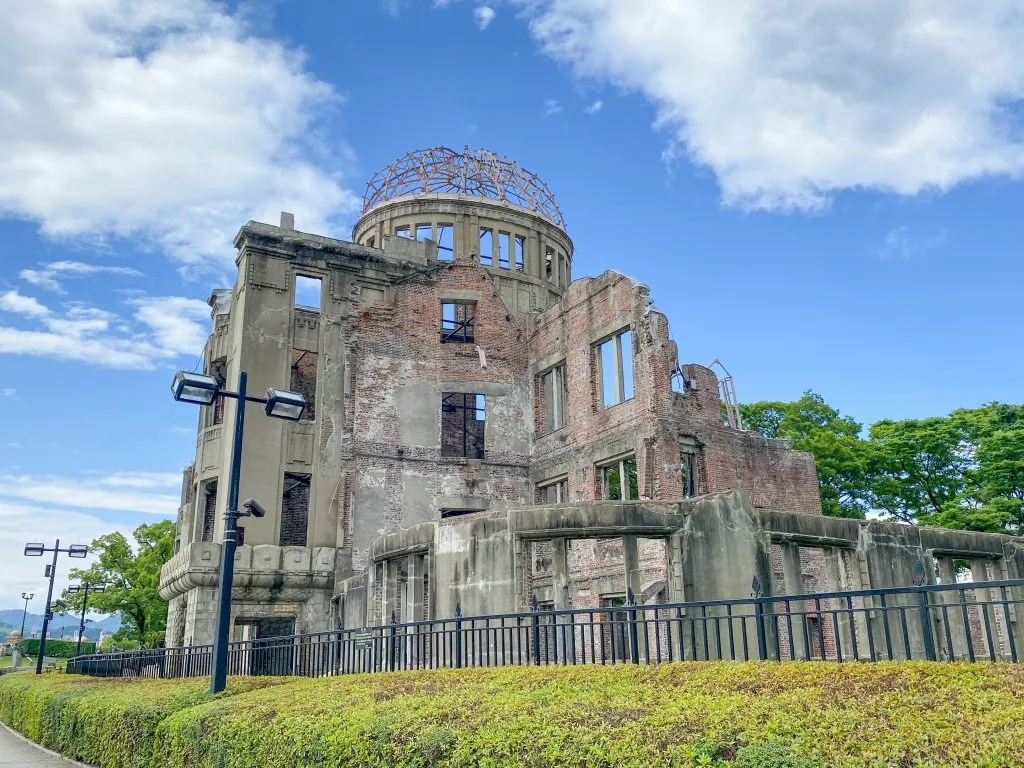
- A major military supply base
- A port central to the urban industrial area for shipping materials
- Easy to set as a radar target
- A city where extensive damage could be inflicted
- Surrounding hills would amplify the blast damage
Kyoto
- A large industrial city with a population of 1 million
- The intellectual center of Japan
- Considered a place where residents could easily understand the bomb’s power
Kokura
- Home to Japan’s largest ordnance depot
- Surrounded by urban industrial areas
- Expected to suffer effective damage from the blast
Yokohama
- An important industrial city
- Manufactured aircraft, machine tools, and electrical equipment
- A hub of industrial activity
- A potential relocation site for new industries as Tokyo suffered increasing damage
Niigata
- A shipping port on the northwest coast of Honshu
- Concentration of industry, refineries, and warehouses
- Potential site for relocated factories
By examining the strategic considerations and debates behind these decisions, we gain a deeper understanding of the historical context.
Why Nagasaki Was Chosen Instead of Kokura
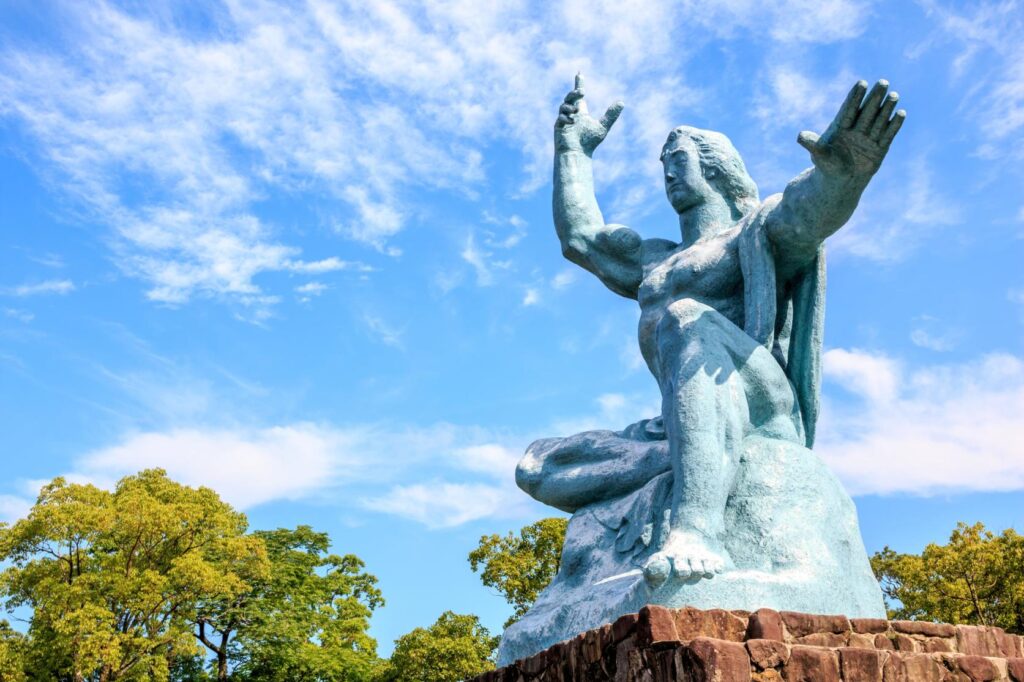
Initially, Kokura was selected as a candidate for the atomic bombing. It had Japan’s largest ordnance depot and was surrounded by urban industrial areas, making it an ideal target for effective damage from the blast. However, on the morning of August 9, visibility over Kokura was poor, preventing the B29 bomber from confirming the target. The plane then proceeded to its secondary target, Nagasaki, where the atomic bomb was dropped. There are various theories about the cause of the poor visibility, one of which is that the smoke from the air raid on Yahata the previous day affected it.
Why Kyoto Was Not Bombed
Kyoto was initially a strong candidate. It was a large industrial city with a population of 1 million and the intellectual center of Japan, making it a place where the bomb’s power could be easily understood. However, Kyoto was a historical city with over a thousand years of cultural and historical significance. To secure Japanese cooperation during the post-war occupation, it was decided to avoid bombing Kyoto. The opposition from Secretary of War Henry Stimson also played a role, and Kyoto was ultimately removed from the list of candidates.
Why Niigata Was Not Bombed
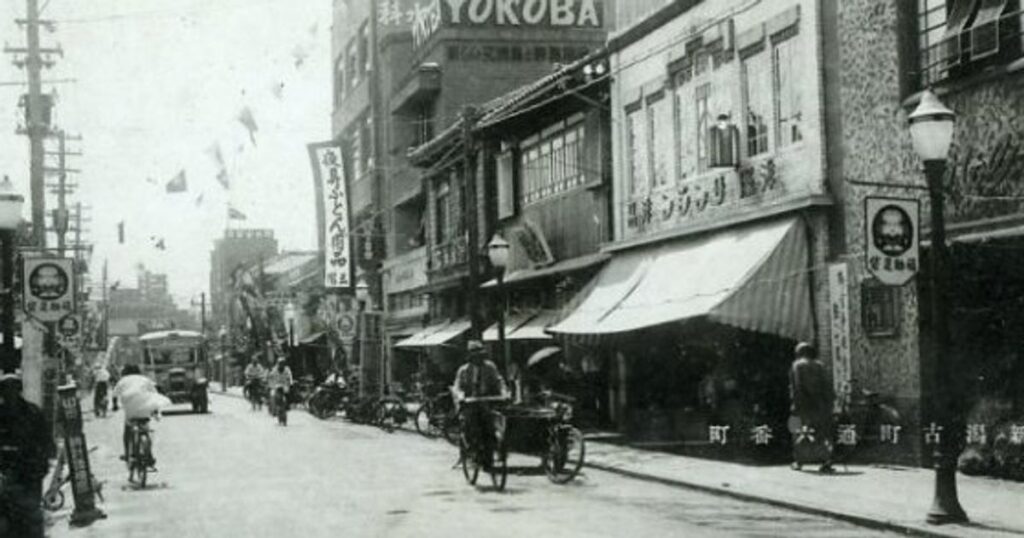
Niigata was also one of the candidate cities for the atomic bomb. Located on the northwest coast of Honshu, it was a shipping port with a concentration of industries, refineries, and warehouses. However, U.S. military documents indicate that Niigata was deemed unsuitable for maximizing the bomb’s effectiveness because the industrial and residential areas were too far apart. Consequently, Niigata was excluded from the final list of candidates.
Interestingly, after hearing rumors that Niigata was a potential target, the governor at the time ordered an evacuation. As a result, Niigata became a ghost town. If the bomb had been dropped there, the human casualties might have been less severe than in Hiroshima or Nagasaki.
Why Tokyo Was Not Bombed
Tokyo, as Japan’s political and military center, was considered an important target. However, it had already suffered extensive damage from large-scale air raids, necessitating the selection of new targets. Hiroshima and Nagasaki were relatively less damaged, making them suitable for evaluating the atomic bomb’s impact more effectively. Additionally, Tokyo’s extensive damage would have made it difficult to demonstrate the bomb’s full effect, leading to its exclusion from the list of candidates.
Why Yokohama Was Not Bombed
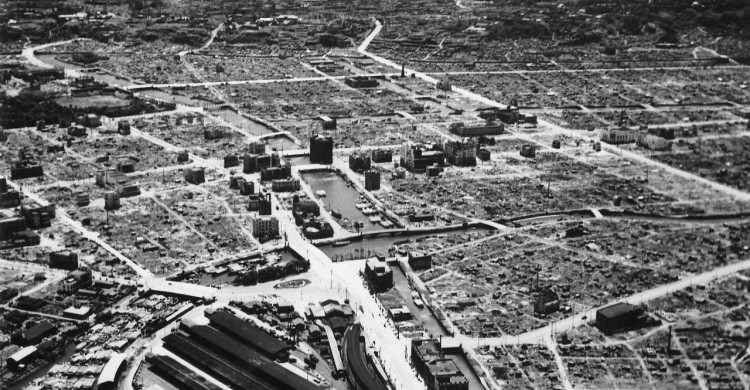
Yokohama was an important industrial city with aircraft, machine tools, and electrical equipment manufacturing, as well as docks and refineries. However, it was removed from the list of atomic bomb candidates on May 28 and was subjected to a large-scale firebombing raid the following day. This rapid attack was a result of the Strategic Bombing Survey’s recommendations not being binding, and the strategic bombing units acted on their own plans. General Curtis LeMay of the 21st Bomber Command did not agree with leaving such an important city as Yokohama unbombed and chose to attack it himself, leading to its removal from the atomic bomb target list and subsequent firebombing.
Summary
How was this overview? This time, we introduced how the cities for the atomic bombings were selected. The selection was made through strategic judgments and various discussions. While Hiroshima and Nagasaki were chosen, Kyoto, Yokohama, and Niigata were excluded for different reasons. The criteria and decisions involved calculations considering post-war Japan’s occupation and strategies to demonstrate the new weapon’s effectiveness. Reflecting on the selection process reveals the strategic intentions and background of the United States at that time. Behind these historical events were complex decisions and judgments.
Our website covers various aspects of Japanese history and culture beyond the selection of atomic bomb cities. If you are interested, please feel free to read our other articles!



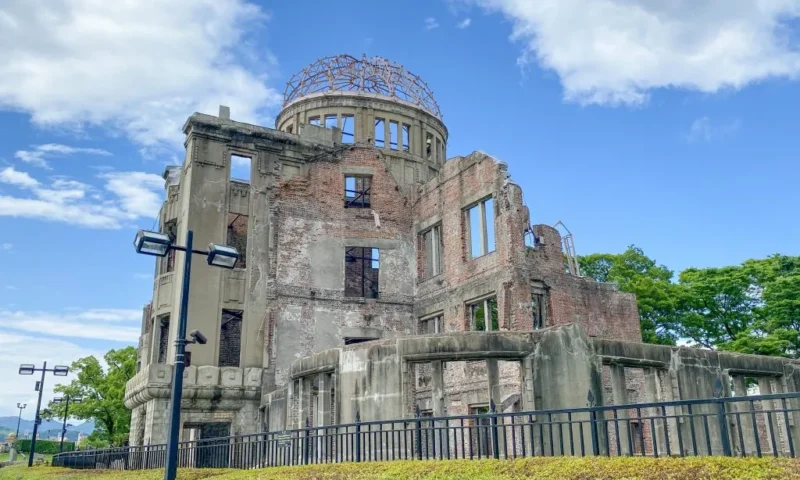





コメント